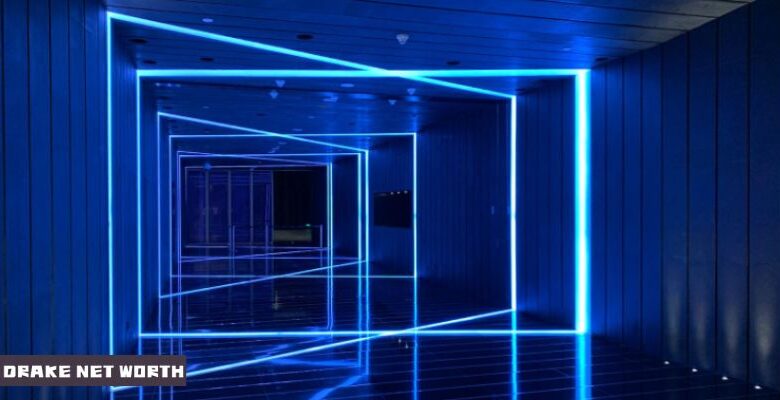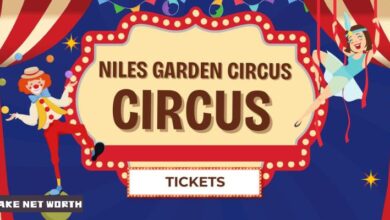Why LED Lighting is Replacing Traditional Bulbs

You may have noticed that over the past few decades, lighting has changed a lot. Modern lights are designed to be brighter and longer lasting while also being more energy efficient. As technology has improved, our understanding of electronics has too, and modern lighting fixtures are able to be far more efficient. Many light fixtures now use LED lights rather than traditional lightbulbs.
Light Emitting Diodes, better known by their acronym LEDs, are semi-conductor diodes which emit light when a voltage is applied. Traditional light bulbs use either florescent tubes, with a gas that emits light when an electric current is passed through, or a filament bulb. Filaments are restive materials which glow when current passes through, generating light and heat energy.
Uses of LED Lights
LED lights have many uses, and are capable of replacing traditional filament and florescent bulbs completing. They’re used in everything from flashlights and home lighting to vehicle headlights and signal towers. The light emitted from them is bright, and can be produced in a number of different colours. Signal towers available at RS use LEDs because they’re brighter and more efficient, leading to a better product.
The LED has been around since the 60s, but it’s only been the last few decades that they’ve become increasingly popular for residential and commercial purposes, as they save a lot of costs. They’re also relatively easy to install, and their versatility means they can be applied to a lot of different areas.
In an industrial setting, the advantages of an LED light make it much better suited compared to traditional bulbs, which has helped increase their popularity. They’re used to increase safety by improving signalling and giving warnings in case of an issue.
Advantages of LEDs Over Traditional Bulbs
The main advantage of an LED light over a traditional bulb is that it’s more efficient. LEDs don’t waste nearly as much energy through heat, meaning they consume less power and are therefore much cheaper to run for the same level of brightness and period of time. In total, they use around 75% less energy, which is a significant saving. Using less energy means lower costs and also helps to preserve the environment, as do e-bikes.
Aside from being more efficient, LED lights also last longer. Typically, they can last up to 25 longer than traditional incandescent lighting, which also makes a big difference to cost. Buying new bulbs can be costly, as can fitting them when they break. Using LED fittings helps to reduce this cost and the potential downtime that breakdowns could cause. LEDs have no glass parts or small filaments, so there’s less chance of breakages and the potential hazards involved.
Additionally, LEDs are generally far smaller than traditional bulbs, while still providing a high output of light. This means they can be installed in smaller spaces, opening up new possibilities for the construction industry. Modern buildings aren’t restricted to conventional lighting options, and LEDs are far more versatile.
Drawbacks of LED Lights
Although LEDs offer many advantages compared to traditional bulbs, there are some disadvantages to be aware of. The main issue is that the LEDs themselves tend to be more expensive than traditional bulbs in many cases. This can mean your initial costs are higher, even if you’ll save money in the long run. As a result, it’s important to do a proper cost-benefit analysis before deciding on which lighting to use.
Another potential issue to consider when choosing between regular bulbs and LEDs is light dispersion. LEDs typically have a rather narrow beam of light beam and as a result, a greater number of light fixtures may be required to light the same area.



